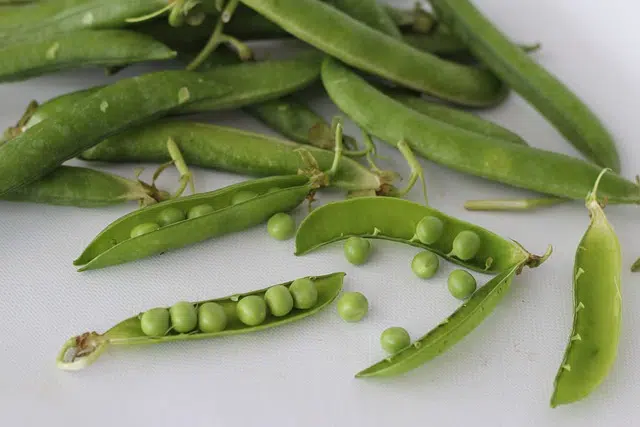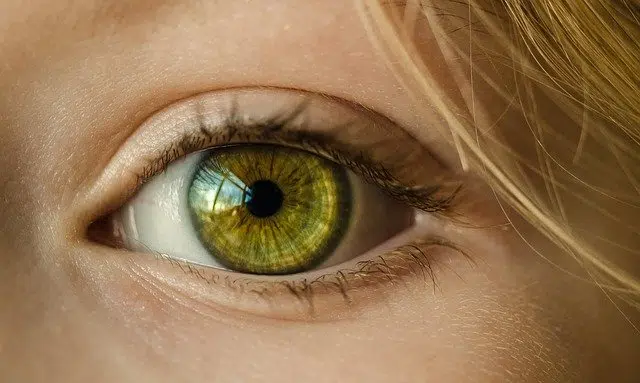
Mendel studied peas to learn how dominant alleles work.
The idea of allele refers to the value adopted by each gene that, in a pair, occupies the same place on the chromosomes that are homologous. Dominant , for its part, is an adjective that qualifies one or that thing that manages to dominate (that is, that imposes itself).
To define what a dominant allele is, we must understand what dominance is in the field of genetics. This concept refers to the link established by the alleles that are part of the same gene when one of these alleles manages to mask the manifestation of the phenotype of the other allele. The allele that manages to prevail is the dominant allele, while the other is the recessive allele .
It is important to keep in mind that the dominant allele does not always play this role, in the same way that the recessive allele can become dominant in certain contexts. In this way, if the same gene has more than two alleles, one allele can be dominant with respect to the second and recessive with respect to the third.
The study of peas
A clear example of dominance, which has been used for a long time in the scientific field, is that of the seed form of the pea (also known as peas or peas and with the scientific name pisum sativum ), since it is one of the traits that must be inherited from one generation to another and can be smooth and rounded, two characteristics provided by the dominant R allele, or wrinkled, if the recessive r allele triumphs.
Although at first glance it may not seem relevant, the study of peas by the Czech monk and naturalist Gregor Johann Mendel revolutionized the field of genetic inheritance , which arose from its well-known laws. Through the observation of the reproduction of these herbaceous plants belonging to the Fabacea family, Mendel discovered many of the characteristics of the behavior of genes, and thus came to notice concepts such as dominant or recessive allele, something that can also be appreciated in our species .

The influence of the dominant allele can be seen in eye color.
Imposition of characteristics by the dominant allele
Human beings , most animals and certain plants are diploid organisms since they have pairs of chromosomes. Each of these chromosomes, in turn, has two versions called haploid: one developed by the father and the other, by the mother. Homologous chromosomes have the same structure and genes as their corresponding counterpart, although with different manifestations (the alleles).
Dominant alleles are those that, whether appearing in a double dose or a single dose, manage to prevail in the expression of certain characteristics and, therefore, manifest themselves in the specific expression of the genotype (genetic information) which is known as phenotype. , for example through eye color, hair characteristics or the type of nose and ears.
The case of eyes and hair
In the specific case of eyes, there is a clear definition of possible traits , both dominant and recessive. For example, it is known that brown eyes represent a dominant trait over blue, green, brown and gray. With respect to vision, similarly, good vision is dominant over any disorder that prevents the subject from seeing normally, such as night blindness , color blindness or myopia.
Another aspect of human beings in which we can notice the presence of dominant and recessive alleles is hair color. Dark is dominant with respect to red and blonde, just as curly (or curly ) dominates straight hair . We must also note that baldness is recessive, since the dominant trait is a head of hair that covers the entire scalp.
